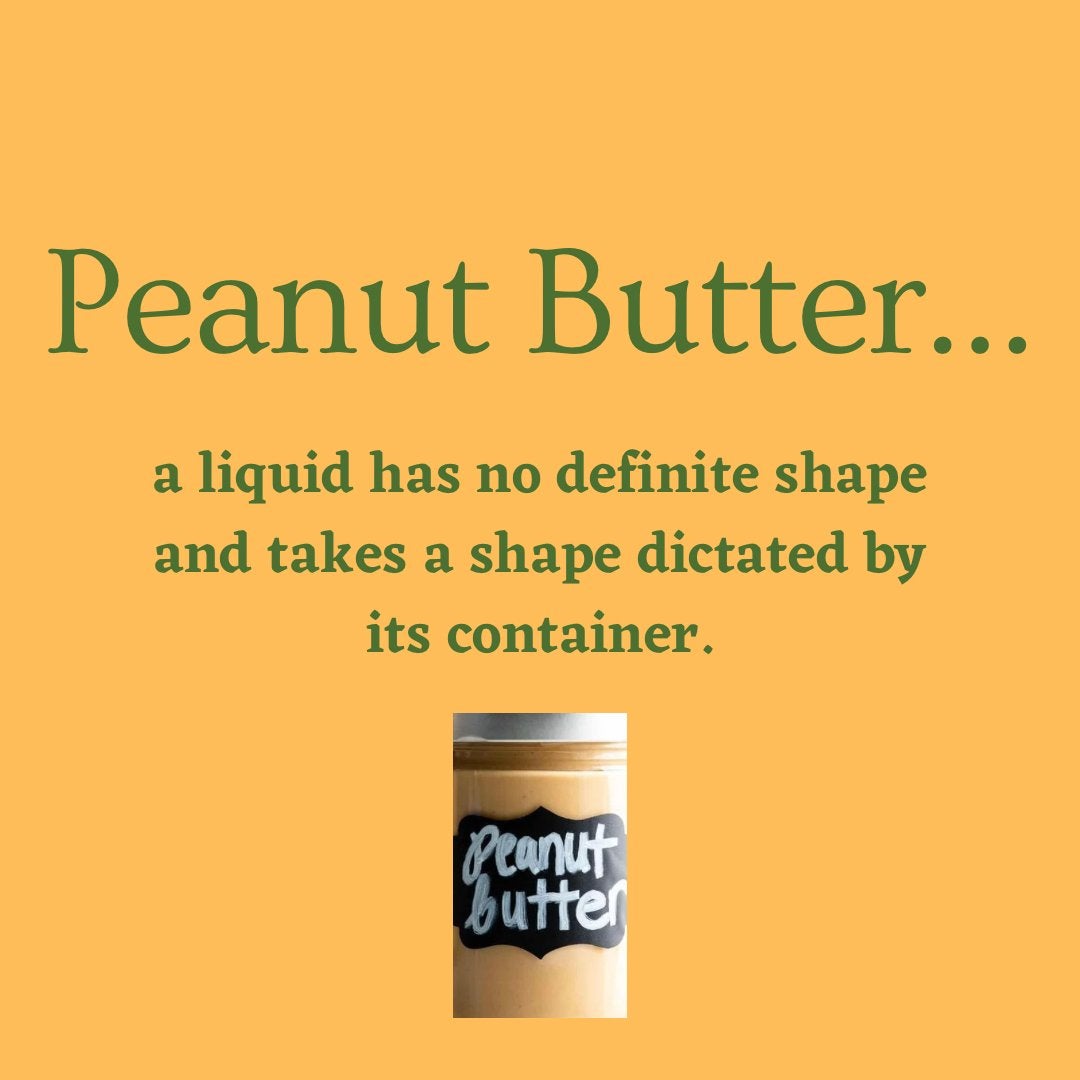TSA sparks outraged debate after calling peanut butter a liquid
‘You may not be nuts about it, but TSA considers your PB a liquid,’ TSA tweets

Your support helps us to tell the story
From reproductive rights to climate change to Big Tech, The Independent is on the ground when the story is developing. Whether it's investigating the financials of Elon Musk's pro-Trump PAC or producing our latest documentary, 'The A Word', which shines a light on the American women fighting for reproductive rights, we know how important it is to parse out the facts from the messaging.
At such a critical moment in US history, we need reporters on the ground. Your donation allows us to keep sending journalists to speak to both sides of the story.
The Independent is trusted by Americans across the entire political spectrum. And unlike many other quality news outlets, we choose not to lock Americans out of our reporting and analysis with paywalls. We believe quality journalism should be available to everyone, paid for by those who can afford it.
Your support makes all the difference.A sticky debate emerged online after the Transportation Security Administration (TSA) declared peanut butter a liquid and therefore, it must meet the 3.4 oz (100 ml) rule.
“You may not be nuts about it, but TSA considers your [peanut butter] a liquid,” the TSA Twitter account tweeted March 21.
Attached to the tweet was a photo of peanut butter with a textbook clear definition of a liquid: “A liquid has no definite shape and takes a shape dictated by its container.”
This means travellers looking to pack a jar of peanut butter in their carry-on need to make sure it is in a container that is 3.4 oz (100 ml) or less and can fit in one quart-size bag, known as the 3-1-1- rule. Otherwise, it must be placed in checked luggage.
However, if spread on a sandwich or other solid food, it is allowed in carry-on luggage.
But the complexity of TSA’s peanut butter rule did not sit well with people who don’t consider the creamy food to be a liquid.
“If peanut butter is considered a liquid, then why is it sold by weight, and not by volume? Also, does this same rule apply to chunky peanut butter?” A Twitter user asked.
“So you’re saying sand is a liquid? As well as carbon dioxide? What about 100 tiny pebbles? Those all have no definite shape, with their shape being dictated by their container,” another user tweeted.
“So peanut butter is a liquid but scientifically butter is a solid. But a PBJ sandwich can go through TSA, only if not too soggy. Clear as mud? Can mud go through TSA or is that considered a liquid? I just confused myself,” another person wrote.
For years the TSA’s stance on peanut butter has caused uproar online and in line at the airport.
But the rule is not new. Since 2012, the TSA has been tweeting at people to remind them that the liquid rule applies to peanut butter. Since at least 2006, online articles have informed people that peanut butter must follow their 3-1-1- rule.
The debate over peanut butter re-emerged this month after Patrick Neve, a writer and podcast, went viral for tweeting that he tried to take a jar of peanut butter through airport security but was told, “no liquids, gels, or aerosols.”
“I want you to tell me which of those things you think peanut butter is,” Mr Neve said jokingly.
Mr Neve’s tweet went viral with over 10.5 million views, sparking the peanut butter TSA debate once again.
“When I moved to Panama for fieldwork my checked luggage was too heavy [with] gear so I had to transfer more crap into my carry-on. Without thinking about it, I added my fairly substantial EDC knife and a jar of my fave [peanut butter] to my backpack. Guess which item TSA confiscated?” Natalia tweeted.
TSA spokesman R Carter Langston told the New York Times that peanut butter is considered “spreadable” so it falls under the 3-1-1- rule.
“As we frequently seek to remind travelers: if you can spill it, spray it, spread it, pump it, or pour it, then it’s subject to the 3.4-ounce limitation,” Mr Langston said.
Join our commenting forum
Join thought-provoking conversations, follow other Independent readers and see their replies
Comments